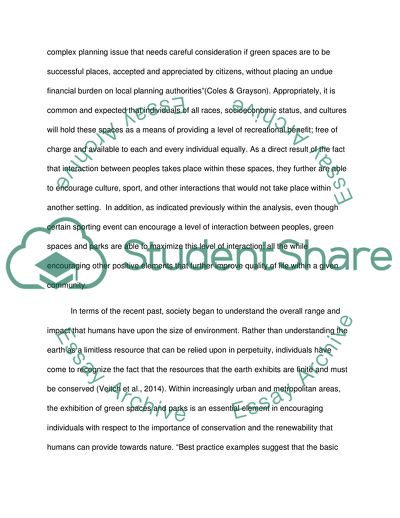Cite this document
(Potential of Urban Green Spaces to Improve Quality of Life in Cities Assignment, n.d.)
Potential of Urban Green Spaces to Improve Quality of Life in Cities Assignment. https://studentshare.org/environmental-studies/1856359-discuss-the-potential-of-urban-green-spaces-to-improve-quality-of-life-in-cities
Potential of Urban Green Spaces to Improve Quality of Life in Cities Assignment. https://studentshare.org/environmental-studies/1856359-discuss-the-potential-of-urban-green-spaces-to-improve-quality-of-life-in-cities
(Potential of Urban Green Spaces to Improve Quality of Life in Cities Assignment)
Potential of Urban Green Spaces to Improve Quality of Life in Cities Assignment. https://studentshare.org/environmental-studies/1856359-discuss-the-potential-of-urban-green-spaces-to-improve-quality-of-life-in-cities.
Potential of Urban Green Spaces to Improve Quality of Life in Cities Assignment. https://studentshare.org/environmental-studies/1856359-discuss-the-potential-of-urban-green-spaces-to-improve-quality-of-life-in-cities.
“Potential of Urban Green Spaces to Improve Quality of Life in Cities Assignment”. https://studentshare.org/environmental-studies/1856359-discuss-the-potential-of-urban-green-spaces-to-improve-quality-of-life-in-cities.


